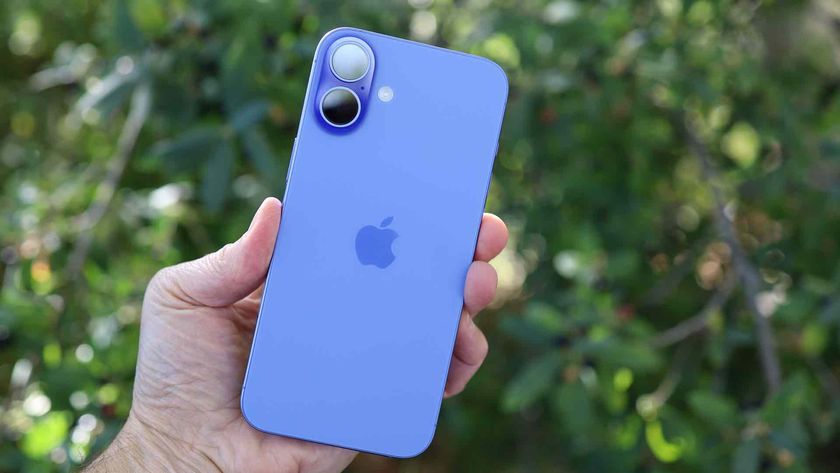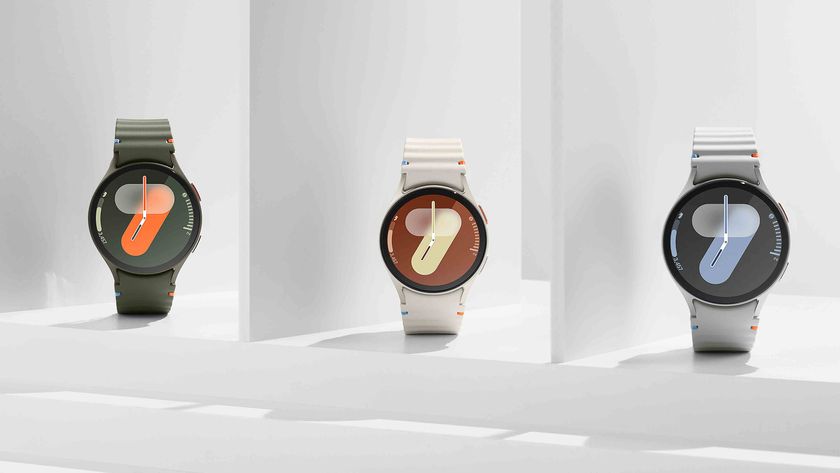Your future smartphone could be free
Could on-screen advertising mean you won't pay for your next phone?
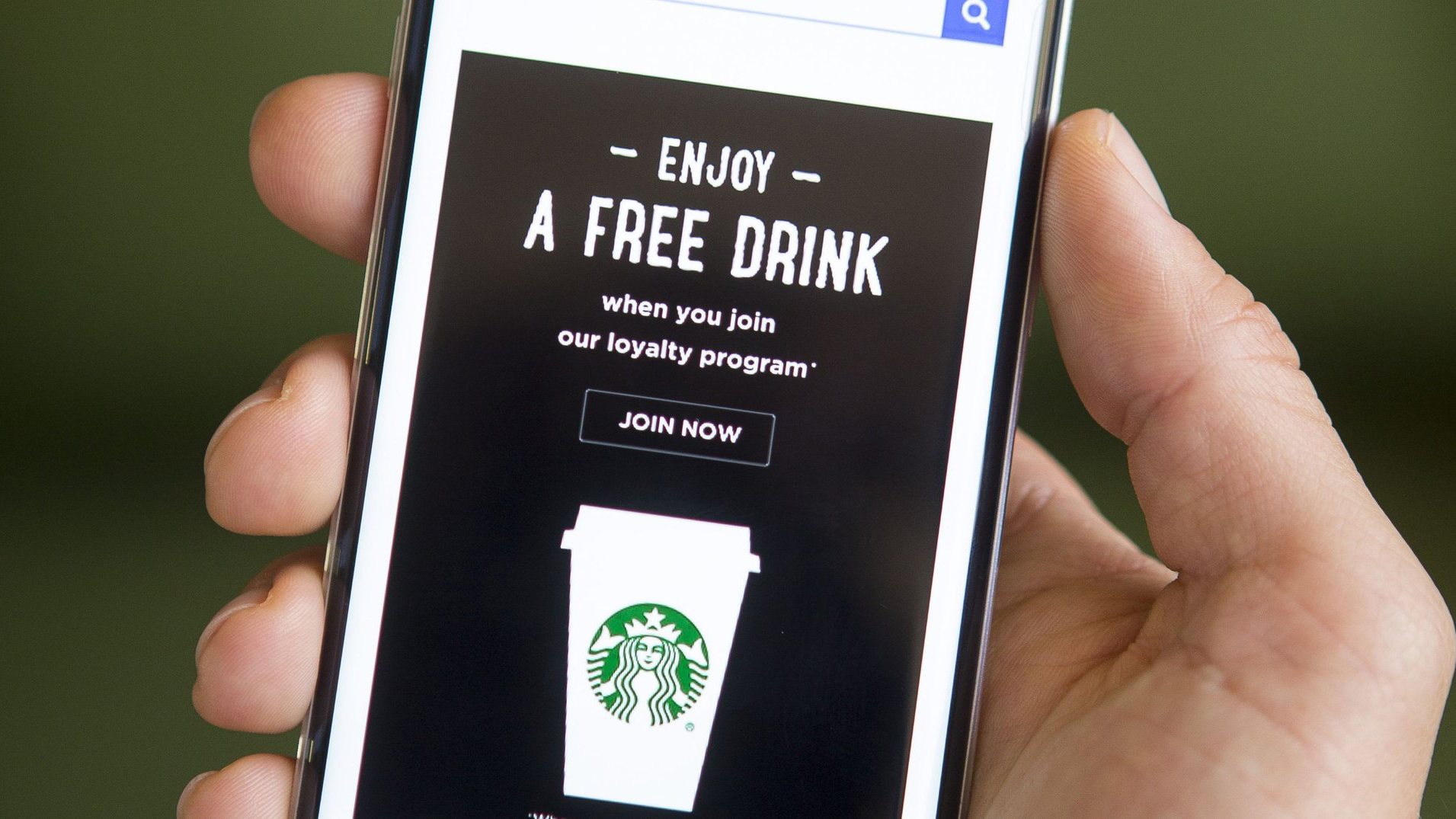
With smartphone ownerships levels near saturation point in Western markets, manufacturers and network operators are busy looking for new ways to entice customers, while at the same time extending their presence into emerging markets.
In those developing spaces (and in the budget market in the West), it's a race to the bottom to bring costs down – and the end result could be a free smartphone, complete with free calls, texts and data.
Meanwhile, marketing and advertising agencies around the world are experimenting with increasingly audacious schemes in a bid to get their products and ads in front of consumers in a highly competitive landscape.
Many believe we could be heading towards a revolution in smartphone provision, with technology and marketing converging to the point where your future smartphone could cost you absolutely nothing.
Users are now accustomed to seeing adverts on most websites and apps – and it could eventually be possible to support the cost of both a smartphone and a network plan simply by including adverts on the lock screen or launching apps.
Can I get a free phone right now?
Well, no – although there are smartphones out there that are becoming so cheap that the cost borders on negligible. And there are signs we're heading to a no-cost future.
In July, Indian manufacturer Ringing Bells outlined plans for a smartphone – the Freedom 251 – priced at just US$4 (around £3 or AU$5).
Get daily insight, inspiration and deals in your inbox
Sign up for breaking news, reviews, opinion, top tech deals, and more.
With manufacturing costs of around US$20 a unit, this incredibly low price seemed to defy reality, but would be made possible by the company taking a loss of at least US$2 on each unit sold, with the gap in funding filled by a variety of software companies whose apps would be preinstalled on each device sold.
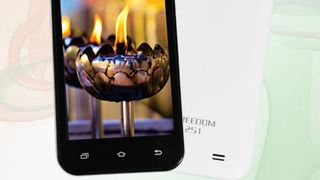
The hype around such a cheap smartphone has since abated, however, and Ringing Bells has revised its grand plans of shipping 2.5 million units – it may now only ship as little as 5,000 units.
It's easy to suspect the whole thing was a publicity stunt, designed to generate free advertising for the Indian startup, which is now offering a range of more realistically-priced smartphones costing between around US$60 (£45, AU$80) and US$65 (£50, AU$90).
Another Indian brand has been trying to do something similar. The Docoss X1 was announced in April 2016, and came with a price tag of just Rs. 888 (£10 or US$13), but – like the Freedom 251 – it's failed to materialise after the initial launch.
In the Western world, a free smartphone simply isn't feasible right now, due to the higher expectations of device quality and capability, and a high resistance to pre-installed software or advertising.
But, while they may not be free, usable pay-as-you-go handsets such as the Vodafone Smart First 7 in the UK and Alcatel Pixi 3 can be picked up for as little as 1/25th the price of a basic iPhone, illustrating how dramatically the cost of producing a smartphone has fallen in recent years.
Could accepting advertising save you money?
The simple answer – if you're happy to go with a certain network – is yes. In the UK, supermarket giant Tesco has worked in partnership with an Australian firm called Unlockd, which built the Tesco Mobile Xtras app that shows pre-approved adverts as soon as you unlock your phone.
You can dismiss the ads fairly easily, and they won't interrupt you at important times, but if you view at least one advert each day for 21 consecutive days, you'll get £3 (US$4 or AU$5) off your bill at the end of the month.
"Ads that are useful, timely and interesting will engage customers and that interaction is ultimately what will make this service work," says Tesco Mobile CEO Anthony Vollmer, who believes that serving customers with appropriate adverts is key.
He added: "It's also important that consumers can choose to engage as much or as little as they want."
While this might only put a dent in more expensive contracts, when you consider that Tesco's plans start at around just £7.50 a month (around US$10 or AU$13), then bringing that down to £4.50 a month (around US$6 or AU$7.50) for watching a few adverts becomes an attractive proposition.
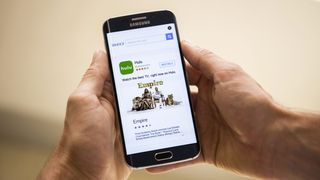
Unlockd offers similar savings to Sprint customers in Australia and the US through Boost Mobile, a subsidiary of Sprint. Its Boost Dealz app works in exactly the same way as Tesco's app, and offers users $5 off their bill for viewing ads.
Of course, Unlockd is only testing the waters of subsidising the cost of owning a phone through advertising. CEO Matt Berriman told TechRadar there's more to come from the Australian startup in new markets.
"Core to the opportunity for Unlockd is to 'connect the unconnected'," he said. "We are in discussions with large-scale mobile carriers in Asia and developing markets, where our platform will be able to fully subsidise internet access or mobile phone handsets for the unconnected population."
According to Berrimen there are no plans to offer Unlockd's ads-for-cash initiative on any other networks at present, although he did tell us: "We are currently in advanced discussions with various carriers, and anticipate several new market launches in the next six months."
Could app developers offer free phones?
For now it appears that the prospect of a free phone from your favoured network carrier will remain a pipe dream, but could app developers one day make it a reality?
We asked Eric Seufert, an expert in mobile marketing and user acquisition with a specific interest in the freemium product economy, whether he thought app developers could bridge the gap between hardware costs and retail pricing.
"[Free phones from app installations] seems unlikely, at least in the near-term future," he told us. "While it's true that app developers are ever-more desperate to get their apps onto the phones of potential users, they're not really coordinated in the way that this would require."
Seufert added that it would also take more than just a single developer to underwrite the costs required, and even then, he said, the possibility of developers working together in harmony isn't very realistic, because "they're [just] far too competitive".
Hasn't Facebook got deep enough pockets?
With billions of dollars in revenue and fingers in almost every advert that is served on smartphones, it would seem logical that one of the large digital advertising networks would be perfectly suited to this kind of advertising-backed model.
Suefert thinks that even the likes of Facebook shy away from offering subsidised or free phones. "This would be hugely costly and probably suffer from adverse selection," he said. "The users most open to accepting a free phone (which would almost certainly be technologically inferior to high-end phones), would be those users advertisers are least enthusiastic about reaching with ads."
And if past forays into Facebook-branded hardware are anything to go by, the social media giant would likely shy away from another failed hardware offering.
The HTC First, widely referred to as the 'Facebook Phone', was a flop from the start, and even at $0.99 on an AT&T contract, failed to resonate with buyers.
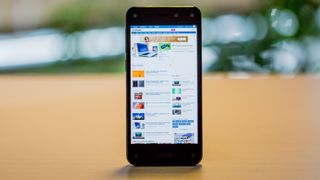
In July 2014, the Amazon Fire Phone was unleashed. With billions in the bank, a mature content platform and advertising revenue that topped US$1 billion in 2014, rumours quickly spread that the Fire phone could be the first truly free smartphone.
Unfortunately, after arriving with a disappointingly high price tag, the Amazon Fire Phone had no impact on the industry, and was forgotten almost as quickly as it arrived.
Amazon CEO Jeff Bezos admitted that "it's going to take many iterations" to get the Amazon Fire Phone right, and while Venturebeat reported we would be seeing the second Fire Phone in 2016, there have been no further rumours to back this up.
Google, meanwhile, is testing the waters of the Asian markets with its Android One program. While there's no suggestion yet that it will offer a free handset in the range, the program makes quality smartphones more accessible because Google manages the design, development, marketing, and support of each handset, allowing manufacturers to offer handsets at a lower price while maintaining a standardised level of quality.
And while it's fairly clear that Facebook isn't ready to offer users a free phone, its Facebook Zero initiative shows that there's an untapped market of consumers simply looking for a device with which they can get on the internet, rather than an all-singing smartphone.
The text-only version of the social media network is available in conjunction with networks in more than 50 countries worldwide, who don't charge customers for any data usage while they're using the 'lite' site.
It's a crucial way for Facebook to deliver content to developing nations where smartphone adoption is still in its infancy, and where data costs are still prohibitively expensive for most users.
It's these kind of accessibility initiatives that may well end up putting a free smartphones in the hands of consumers in developing countries, where many potential customers are simply looking for a way of getting regular internet access, long before we see something similar in Western markets.
Free phones are still on the cards
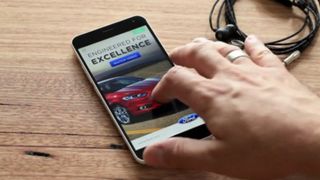
Lock screen advertising or pre-loaded apps are the best ways to drop the cost of a phone, and with the rapidly falling price of capable hardware, and competition amongst advertisers to deliver their content, it's not inconceivable that a free phone will become a reality in the near future.
As it stands, Western users demand high-end smartphones that are simply too costly to fully subsidise. However Unlockd CEO Berriman believes it's only a matter of time before the landscape changes and consumers agree to 'rent' their attention. "We can absolutely see a day in the near future when consumers might opt to access entirely free, ad-funded phone plans," he says.
If free phones become a reality in emerging markets, there's nothing to say the similar schemes couldn't catch on with Western customers. After all a free smartphone, whatever the quality, along with free usage might be hard to turn down...

